The Aerosol Propellant Market is currently characterized by a dynamic competitive landscape, driven by innovation, sustainability, and strategic partnerships. Key players such as Honeywell (US), BASF (DE), and The Chemours Company (US) are actively shaping the market through their distinct operational focuses. Honeywell (US) emphasizes technological advancements in propellant formulations, aiming to reduce environmental impact while enhancing performance. BASF (DE) is strategically positioned through its commitment to sustainable practices, focusing on bio-based propellants and eco-friendly solutions. Meanwhile, The Chemours Company (US) is leveraging its expertise in fluorinated chemicals to innovate in low-GWP (Global Warming Potential) propellants, thus aligning with global regulatory trends. Collectively, these strategies foster a competitive environment that prioritizes sustainability and innovation.
In terms of business tactics, companies are increasingly localizing manufacturing to enhance supply chain efficiency and reduce costs. This approach appears to be a response to the moderately fragmented market structure, where multiple players vie for market share. The collective influence of these key players is significant, as they not only drive technological advancements but also set industry standards that smaller competitors must follow.
In November 2025, Honeywell (US) announced the launch of a new line of low-GWP aerosol propellants, which are expected to meet stringent environmental regulations while maintaining high performance. This strategic move underscores Honeywell's commitment to sustainability and positions the company as a leader in eco-friendly aerosol solutions. The introduction of these products is likely to enhance Honeywell's market share and appeal to environmentally conscious consumers.
In October 2025, BASF (DE) expanded its production capacity for bio-based propellants in response to increasing demand for sustainable products. This expansion not only strengthens BASF's market position but also reflects a broader industry trend towards sustainability. By increasing its capacity, BASF is well-positioned to meet the growing needs of customers seeking environmentally friendly alternatives, thereby enhancing its competitive edge.
In September 2025, The Chemours Company (US) entered into a strategic partnership with a leading consumer goods manufacturer to develop innovative aerosol formulations that utilize low-GWP propellants. This collaboration is indicative of a trend towards strategic alliances that combine expertise in chemical formulation with consumer product development. Such partnerships are likely to accelerate innovation and expand market reach for both parties involved.
As of December 2025, the competitive trends in the Aerosol Propellant Market are increasingly defined by digitalization, sustainability, and the integration of advanced technologies such as AI. Strategic alliances are becoming more prevalent, enabling companies to leverage each other's strengths and enhance their market offerings. The shift from price-based competition to a focus on innovation, technology, and supply chain reliability is evident, suggesting that future competitive differentiation will hinge on the ability to deliver sustainable and technologically advanced solutions.


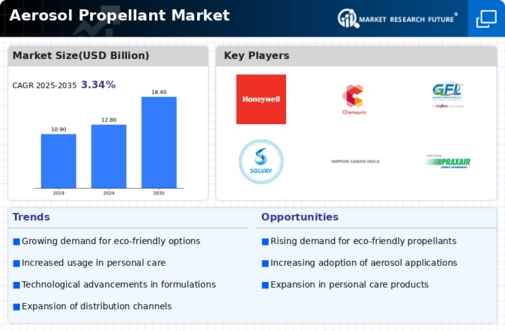
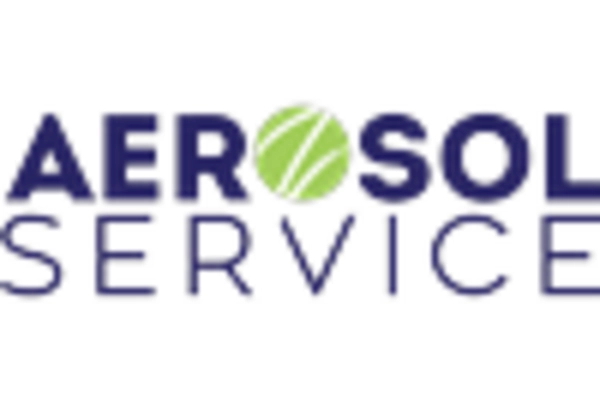
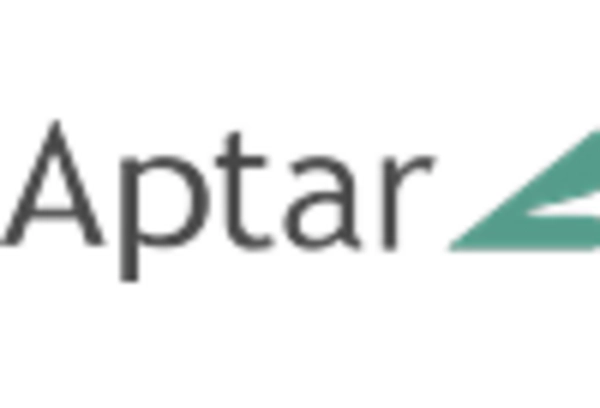


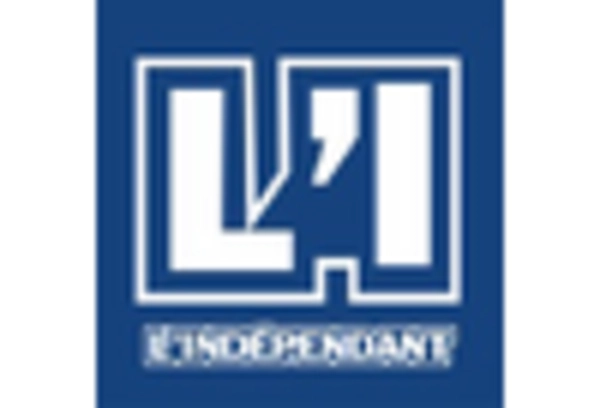
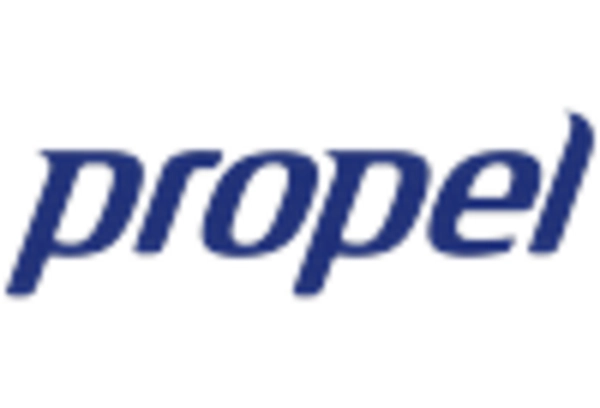








Leave a Comment